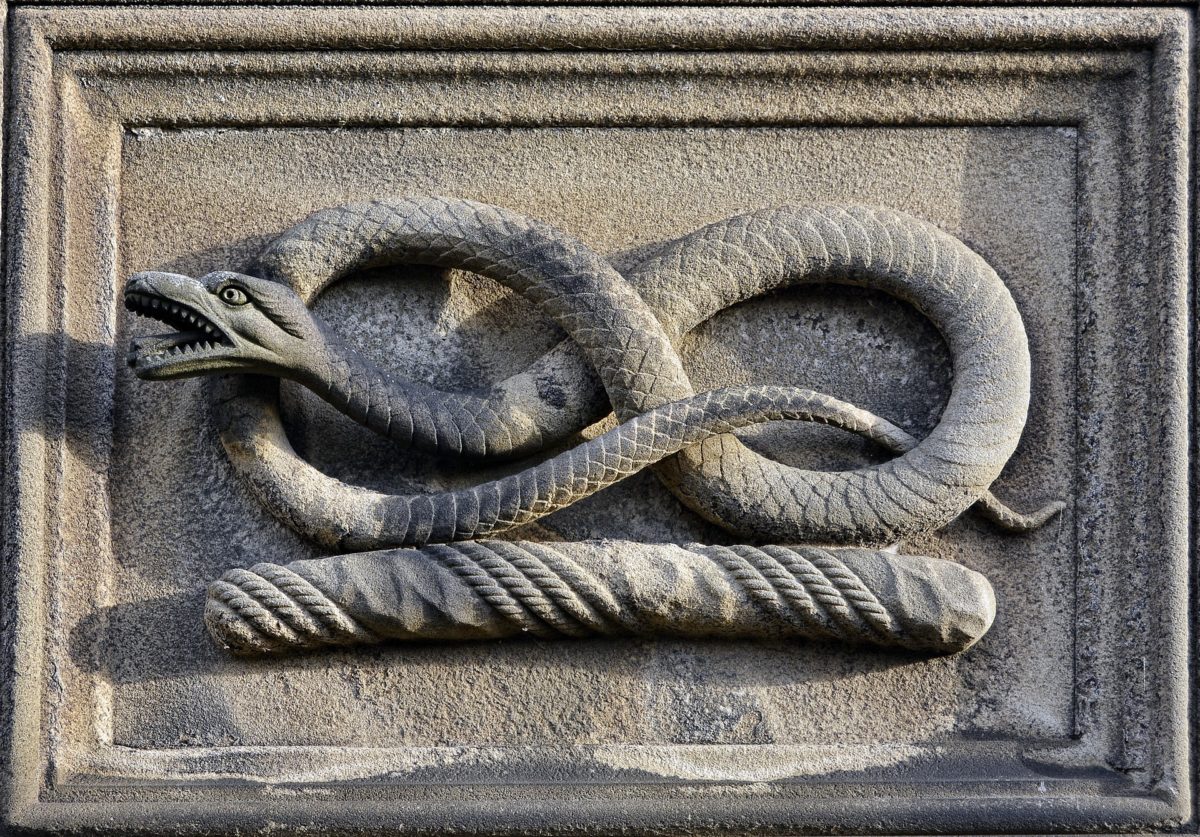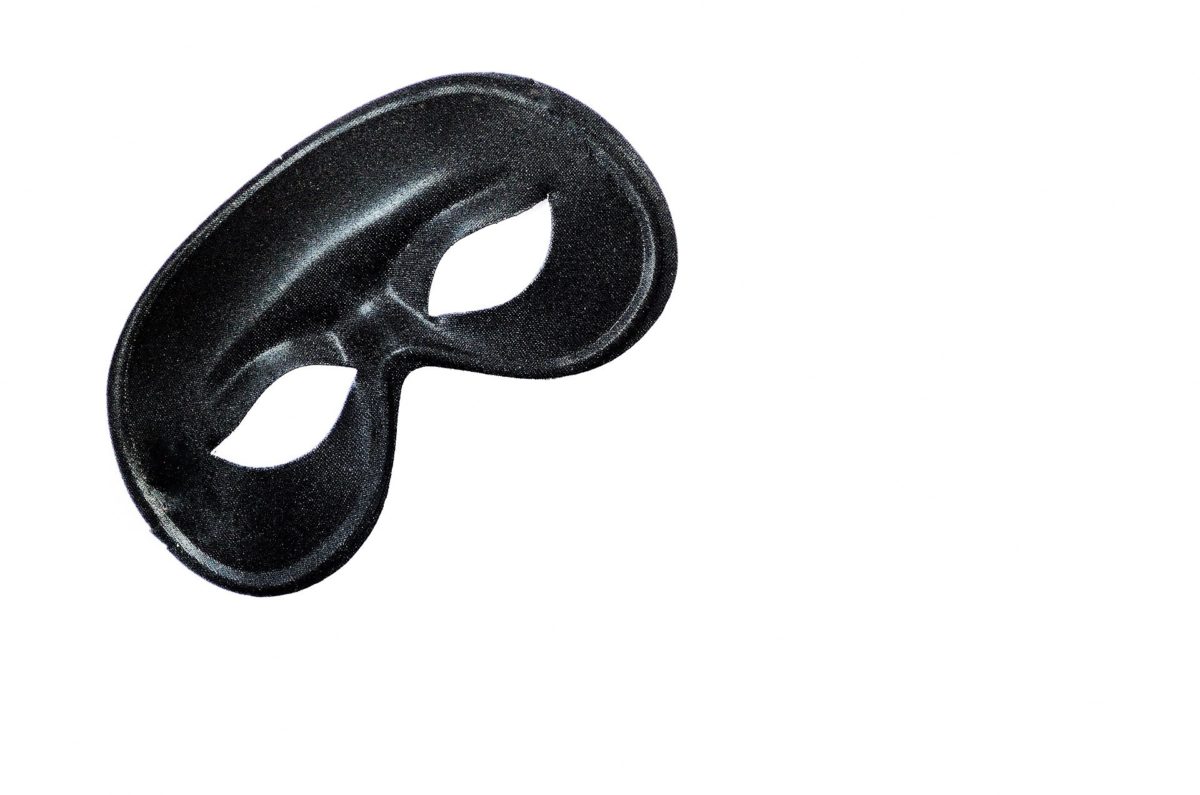Chapter 1: The Lost Manuscript
In a dimly lit study in a remote English manor, Professor Samuel Worthington poured over the weathered pages of an ancient manuscript. The book, rumored to hold the key to unimaginable power, was discovered in the archives of an obscure library.
As an esteemed historian and an expert in ancient folklore, Worthington had dedicated his life to the pursuit of knowledge. The mysterious Covenant of the Silver Serpent had captured his attention for years, and now, he held in his hands a fragment of their secrets.
The manuscript detailed the origins of the Covenant, tracing its roots back to ancient civilizations and their belief in mystical energies. It spoke of hidden realms, arcane rituals, and the pursuit of immortality. Samuel’s heart raced with anticipation. He knew that he had stumbled upon something truly extraordinary.
Chapter 2: The Summoning
Determined to delve deeper into the Covenant’s secrets, Samuel embarked on a perilous journey. Armed with the knowledge from the ancient manuscript, he sought out the hidden chambers and ruins that served as meeting places for the enigmatic society.
His quest led him to a secluded island in the Mediterranean Sea. Nestled amidst the rugged cliffs and crashing waves, he discovered the entrance to an underground sanctuary. Adorned with serpentine motifs and illuminated by flickering torches, the chamber pulsed with an otherworldly energy.
Samuel stood in awe as he witnessed members of the Covenant, cloaked in silver robes, gathered around a stone altar. They chanted incantations in an ancient tongue, their voices resonating with power. Intrigued and captivated, Samuel approached cautiously, eager to unravel the truth behind their practices.
Chapter 3: The Forbidden Knowledge
As Samuel immersed himself in the rituals and teachings of the Covenant, he became privy to their forbidden knowledge. Guided by their revered leader, a mysterious figure known as the Oracle, he delved deeper into the realms of arcane magic and the manipulation of unseen energies.
The Covenant shared with him ancient texts and artifacts, unveiling the secrets of immortality and the ability to shape the universe. Samuel’s mind expanded, and he saw the world in a different light—a tapestry of hidden forces and untapped potential.
But with knowledge came danger. Samuel realized that not all members of the Covenant were as benevolent as they seemed. A faction within the society sought to harness their newfound powers for personal gain, disregarding the consequences. Samuel knew he had to tread carefully if he wanted to protect the world from falling into the wrong hands.
Chapter 4: The Betrayal
As Samuel delved deeper into the inner workings of the Covenant, he uncovered a dark secret. The Oracle, the very figure he had trusted and admired, had succumbed to the allure of absolute power. Driven by ambition, the Oracle sought to harness an ancient artifact, the Silver Serpent Medallion, capable of unlocking unimaginable forces.
Samuel realized that the Oracle’s plans threatened the delicate balance between the realms, and he could not stand idly by. With a heavy heart, he confronted the Oracle, challenging his twisted ambitions. A fierce battle ensued within the hallowed chambers, as Samuel fought to protect the world from the Oracle’s insatiable hunger for power.
Chapter 5: The Awakening
In a final, climactic clash, Samuel managed to thwart the Oracle’s plans. The Silver Serpent Medallion, once a beacon of untapped potential, shattered under the immense strain of the battle, releasing a surge of energy that reverberated through the chamber.
As the dust settled, Samuel stood victorious but weary. The Covenant lay in ruins, its members scattered and disarrayed. It was clear that the delicate fabric of their society had been irreparably torn apart. Samuel knew that the Covenant, as he had come to know it, would never be the same again.
With the Oracle defeated, Samuel took it upon himself to preserve the knowledge he had gained and prevent it from falling into the wrong hands. He carefully collected the remaining fragments of the shattered medallion, as well as the surviving manuscripts and artifacts, and sealed them away in a hidden vault.
Realizing the danger that the Covenant’s secrets posed to humanity, Samuel dedicated himself to a new mission. He resolved to establish an organization committed to the responsible study of mystical forces, safeguarding against their misuse.
Ancient Snake Design Storage Box

Chapter 6: The Legacy
Years passed, and Samuel’s organization, now known as the Order of the Silver Serpent, flourished. Under his guidance, scholars, researchers, and practitioners of the arcane arts came together to explore the boundaries of reality, seeking knowledge and understanding without succumbing to the temptations of power.
The Order’s headquarters were located in a remote mountainous region, hidden from prying eyes. The serene landscape provided a peaceful sanctuary for members to delve into their studies, free from the distractions and dangers of the outside world.
Samuel’s vision for the Order was one of enlightenment and balance. The knowledge of the Covenant, once shrouded in secrecy and guarded by a select few, was now shared openly within the organization. Members worked collaboratively, pooling their expertise and discoveries to advance the understanding of mystical energies, while also emphasizing the importance of ethical and responsible practices.
Through their endeavors, the Order of the Silver Serpent sought to mend the wounds left by the fallen Covenant. They established connections with other organizations and researchers across the globe, promoting dialogue and cooperation in the pursuit of ancient wisdom and the exploration of hidden realms.
Over time, the legacy of the Covenant of the Silver Serpent transformed into something new—an alliance dedicated to preserving the delicate balance between the seen and the unseen, between knowledge and power. The Order’s teachings and principles spread far and wide, attracting scholars and seekers from all walks of life who yearned for a deeper understanding of the mysteries that lay beyond.
And so, the tale of the Covenant of the Silver Serpent came to a close, but its impact endured. The story served as a reminder that even the pursuit of forbidden knowledge could be harnessed for the greater good when tempered with wisdom and a commitment to protect the world from the forces that lurked in the shadows.
In the end, the Covenant’s secrets were not lost; they were transformed into a beacon of enlightenment, illuminating the path of those who sought the truth while guarding against the dangers that lay in wait for those who strayed from the righteous path. The Order of the Silver Serpent stood as a testament to the power of knowledge, the resilience of the human spirit, and the unyielding pursuit of understanding in a world that teemed with mysteries.

History: World Wars
World Wars I and II were pivotal events in human history, forever altering the course of nations and the lives of countless individuals. These

Bessie Coleman: Breaking Barriers and Soaring High
Bessie Coleman was an African-American aviator who made history as the first black woman to hold a pilot’s license. Her remarkable journey in

Ancient History’s Unsolved Mysteries
Ancient history is filled with fascinating tales of civilizations that have long since vanished. While we have made remarkable discoveries and pieced




